Imagine being locked in a roomful of strangers, where the only exit has been hidden by a raving mad scientist who's muttering half-incomprehensible clues under his breath. It sounds like the start of a horror movie—but for customers in hundreds of "escape rooms" around the country, it's just another fun night out.
The rooms pull paying participants into scenarios they'd otherwise only see in Hollywood movies and video games and challenge players to work together to unravel carefully plotted mysteries and find their way out of the space within a limited amount of time. To make their way through the door, participants might have to uncover hidden keys or play particular tunes on makeshift instruments or anything else the escape room creators have been able to think up.
In October 2013, Victor Blake created what he says was New York City's first escape room as a weekend popup.
"The first pop-up was literally stuff we could fit in the back of a cab," recalls Blake. "There was nothing technically elaborate about it. There was nothing you couldn't replicate by going to a thrift store by spending a couple of hundred bucks."
Now, just two years later, Blake's company Escape the Room runs escape rooms at 10 locations around the country, and has plans in the works for seven more. A fan-submitted directory of escape rooms now lists hundreds of events around the country. People in the industry say the field has not only grown competitive, but has professionalized. Escape room operators are quickly looking to adapt practices and even personnel from the worlds of film, theater, and software development—and to develop techniques and storytelling conventions for their own new medium.
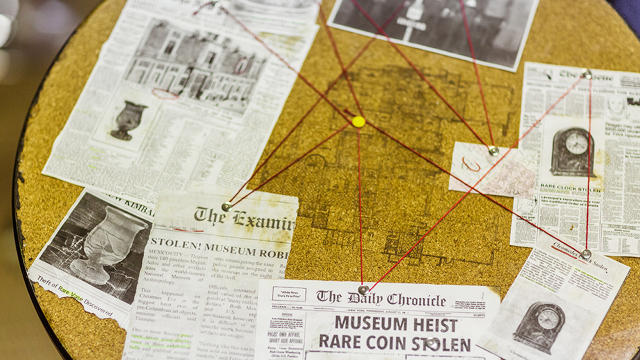
"Now, for better or worse, we have entire teams of people" designing the games, says Blake. "We have engineers that work for Disney, and they consult for us."
Like video games—which have for decades offered virtual puzzles similar to the codes, hidden keys, and mysterious objects now found in escape rooms—the rooms require a mix of storytelling, design, and engineering. But while video games allow developers to digitally encode and limit the rules of play through precisely crafted lines of code—and fix bugs with the push of an update—escape room creators effectively have to encode the rules of play into real-world, three-dimensional objects. Every conceivably interactive feature of every object in one of escape room Puzzah's rooms in Denver is effectively part of the puzzle's player interface—whether the designers intend it that way or not. This can get complicated when players bring human variance into the room.
For example, "Sometimes [people] will come into our game rooms, and they will bring screwdrivers in their pockets, and they start undoing things," says Derek Anderson, the cofounder of Puzzah. "We don't want that to happen."
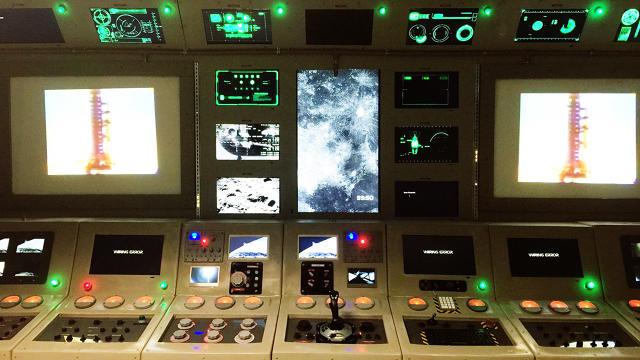
"We're sensitive about making sure we do things like use obscure screw heads," says Anderson. "We make sure there's nothing that people can interact with except what we want them to interact with."
The company generally builds its rooms as sets of discrete "subgames" that players effectively interact with in sequence, he says, which make the games easier to beta test (beta testers are usually previous customers or friends of the game operators). Modularization means those individual parts can then be fabricated by the game designers on their own, before they're integrated into a larger puzzle. Each subgame can also be beta tested on its own to make sure it is comprehensible and enjoyable for players—and resilient enough to withstand attention from the most enthusiastic audiences.

"Once you have 11-year-olds bashing around on it for six months, the story kind of changes," Anderson says of the beta tests.
As groups of players struggle with puzzles or race through a room, the escape room's software can cue additional voice-recorded clues on speakers in the space to help players along, or introduce additional puzzles along the way. Players actions are also automatically logged for later analysis, he says, using sensors built into all the devices players interact with.
"At every point in all of our games, we [are] able to see where you are, what you're doing and what you're working on," says Anderson. "We [are] able to essentially program clues that are fed to you immersively—or scale them back if you don't need them."
The rooms aren't just conveyor belts of puzzles, though—they're also stories, with plots and characters, either portrayed by recorded voices and movies or by live actors.
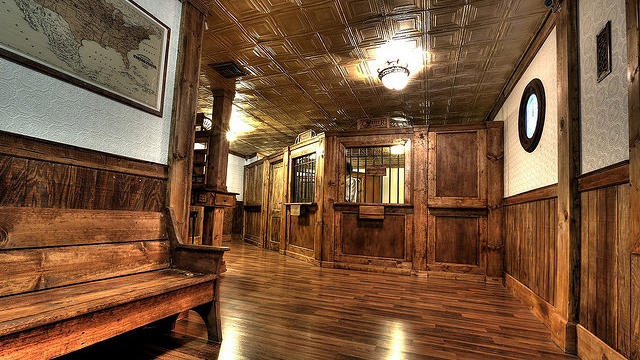
"We have our actors who are in character and costume—they create a context for people, and I think that immersive element really gets them into the spirit of the game," says Chris Ricard, a cofounder of SmartyPantz, which operates escape rooms in Vancouver and Edmonton. "And then they're really looking to solve the mystery and get out of the rooms at whatever cost."
From its start in July 2014, SmartyPantz has relied on professionals from Vancouver's strong film industry and has developed rooms by thinking first about overarching themes and stories, then about the puzzles that go into them, says Ricard.
"The first person I connected with, he's a propmaster, but he also likes putting together haunted houses, so he has a very creative mind," says Ricard. "We worked with him on developing a number of ideas—sort of conceptual ideas for room themes."
In Vancouver, where the company opened its doors to the public in March, rooms vary not only in difficulty but in terms of storyline and degree of explicit content. A Cold War-themed room called "Spies & Lies" is advertised as "family friendly" and tricky, but not too scary—while a haunted house room is scary but not too difficult.
"It's just a factor of, some people aren't interested in scary stuff, so we have a variety of room concepts that appeal to a wide audience," he says.
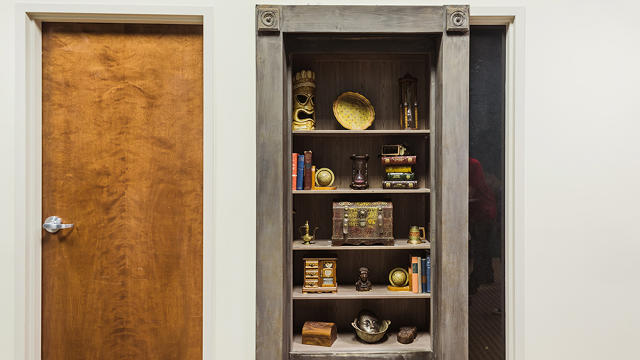
Generally, making sure escape rooms work as coherent stories is critical to their success, says Escape the Room's Blake. "The hard part of about writing any of these games—it's not any individual puzzle," he says. "It's getting it to work together in a way that's like any book or movie."
Escape the Room now prototypes and beta tests its rooms in a 15,000-sq.-ft. warehouse in New Orleans, another city with a native film industry. The tests uncover overly difficult or fragile prototype puzzles that need to be fixed for production—but they can also reveal when a plot just isn't engaging enough to the audience, says Blake.
"Sometimes it falls flat, and it really sucks, like [if] you get to the end of a movie, and it's like, that's it?" he says. "You can kind of see the disappointment in their face."
As the escape room industry matures and moves toward bigger budgets, it may well see some consolidation. That's what has already happened in much of Asia, where the rooms first appeared, says Anderson. He estimates the number of room operators in heavily saturated Singapore has shrunk by about a third over the past two years.
"The biggest players right there are multinationals that are hitting all of East Asia," he says.
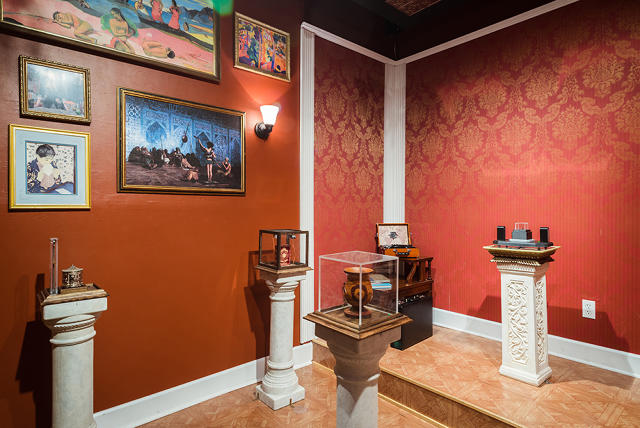
The Asian market has also seen the rise of wholesale vendors, mostly operating out of China, that offer pre-built, ready-to-install puzzle components, he says.
"If you want to have a touch-these-paintings-to-open-the-door puzzle, they'll sell you all the components all wired up," he says. "You just insert your picture into the frame, and you're good to go."
Even if Asia's industry trends come to the U.S., Anderson says he's optimistic his company's technological sophistication will still set it apart.
And, says Blake, there will likely always be room for innovative small-scale operators—people who decide to put together one-off pop-up events when the opportunity presents itself.
"There will be guys like us who have teams of technologists," Blake says. "Then there'll be the guy who finds like the awesome nuclear missile silo in the middle of Iowa and just does it on weekends."